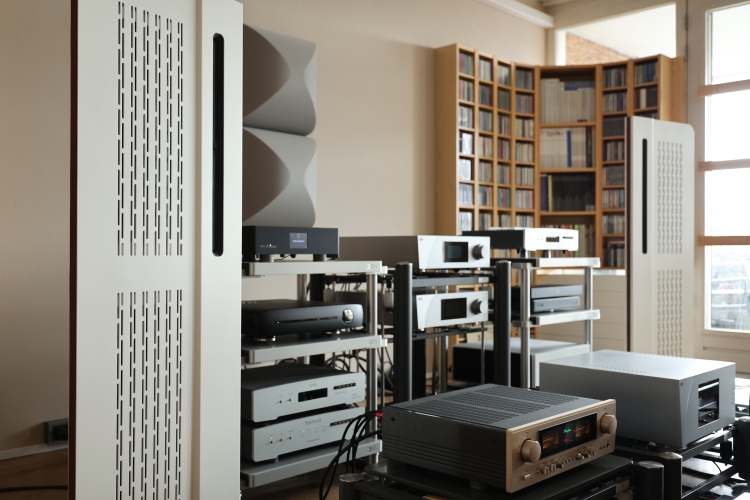
Tweeters on the inside or outside?
It’s the age-old question: should the tweeters be on the inside of the outside? For Apogee users, there seemed to be no uncertainty, and in all instances I’ve seen them in use, they had the tweeters on the inside. For Magnepan owners, the matter seems to be more relative. Diptyque, finally, simply provides the following information regarding positioning in the User Guide / Packing Notice.
“Depending on the configuration of your listening room, it’s worth testing the two positions: Tweeters inside for greater precision for vocals and instruments. Tweeters on the outside for a wider soundstage”.
With that, I think they hit the nail on the head! In my experiments, the speakers provide the best focus and precision of imaging with the tweeters on the inside. An important factor that comes into play is the positioning room available in the width plane of the listening room. If the speakers must be placed very close to each other, then it may be better to have the tweeters on the outside.
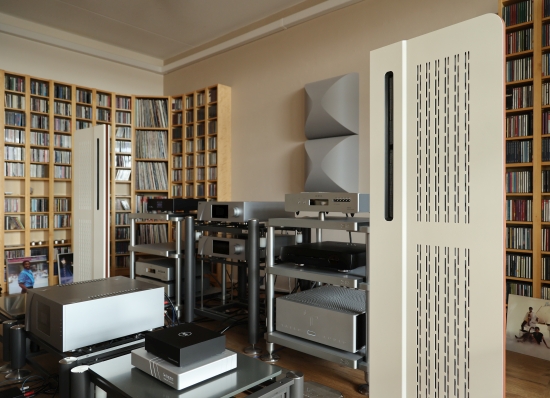
System Context
The DP 140 MkII will be listened to in my main system, consisting in the basis of the CH C1.2 DAC, CH L1 preamp, and CH A1.5 power amp and normally flanked by Magico S1 MkII speakers. The main digital sources are the Grimm MU1 and Antipodes Oladra music servers and the Aqua La Diva M2 CD transport. Additionally, I will use the Accuphase E-270 integrated amplifier. Speaker cables used are the Driade Flow Reference 808, Jorma Unity, and Mad Scientist Black Magic. The CH system sits on Artesania Exoteryc and Aire racks while the digital sources sit on HRS EXR racks.
Positioning
The consensus is that Planar Dipoles are extra tricky to position. But, in my experience, this is not true at all! Sure, they require precise setup to obtain the best balance between spaciousness, focus and precision but that’s the same with any high-quality loudspeaker, be it a dynamic or magnetostatic design. But planar dipoles have a major advantage in terms of positioning. Very rarely will they start booming when close to the walls. Sure, you might sacrifice some soundstaging ability by doing so, but the speakers remain clean and transparent. That’s not something you can say of most dynamic speakers, especially not ported designs.
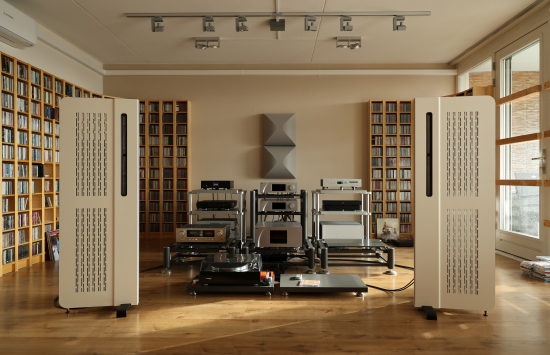
Even when positioned in the middle of my room where the S1’s are (3 meters from the rear wall and 3,5 meters from the listening position), the DP 140 MkIIs hit low notes like you won’t believe, reaching as deep as the Magicos and with exceptional clarity in the midrange and treble. But with the exception of the lowest frequencies, the speakers sound reticent and lean through the upper bass and lower midrange unless the following two important criteria are met.
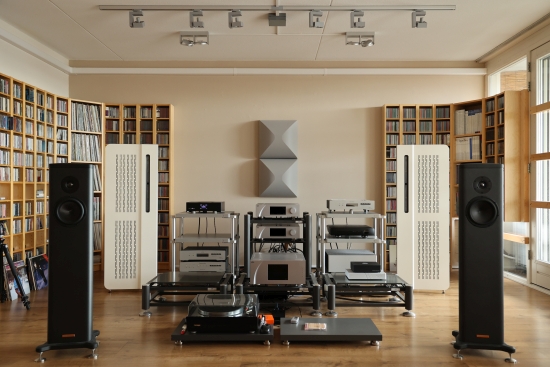
First, you have to allow the room to help the speakers in the bass by finding the sweet spot in terms of nearness to the back wall. In my case, this is much closer to the back wall than I normally use with dynamic speakers. The ideal position will differ for every room so I recommend experimenting with this. The beauty of this design is that contrary to cabinet speakers, the DP 140 MkII’s bass only gets better when you then place the speakers closer to the rear walls. Up until a point, of course, as dipoles need room to breathe. But in my situation, I found the ideal position to be 130 cm from the rear wall and 100 cm from the side walls, which places them 5 meters from the listening position.
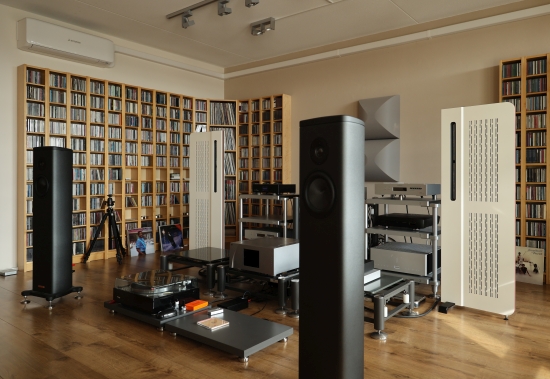
Second, it is essential to toe the speakers in toward the listening position. Some ribbon dipoles can be positioned straight forward but not the DP 140 MkII. Set up straight, the speakers sound amazingly spacious with excellent focus and delicious treble behavior, but the lower midrange and upper bass lack clarity, impact, and expression. After toeing the speakers such that the baffle points straight to your ears, the lower midrange and upper bass suddenly click into place, and the sound becomes beautifully coherent. This is because a portion of the midrange is relayed by the bass panels, which tend to beam the higher frequencies in a straight line due to their large surface. If you don’t toe in the speakers, some of the lower midrange output is thus reduced, leaving the upper midrange overexposed.
When positioned ideally for my room, the DP 140 Mk2’s sound fantastically clean and transparent and they sound intimate and project the sound forward just as if they were placed in the middle of the room.
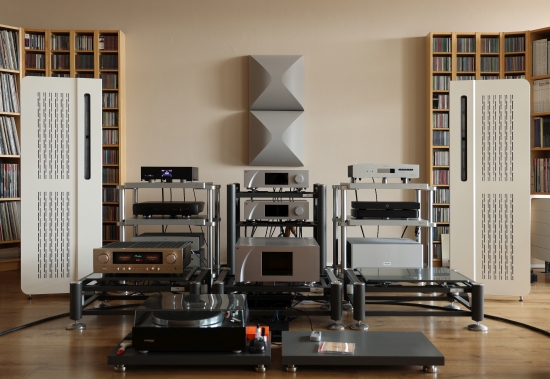
Listening
I’ve got a long history with planar magnetics and reviewed the Diptyque DP 107 in 2022, and as a result, I have a good sense of what they can do. But in their ideal positions and properly toe’d in, the DP 140 MkII’s clarity and transparency still took me by surprise. These speakers perform in an engagingly upbeat, crystal-clear, and highly communicative manner but paradoxically they are also utterly unforced and relaxed, gently sweet and deliciously free-flowing. With that, I’m touching on one of their strongest virtues: regardless of the immense resolution and transparency on offer, they always sound deliciously liquid and delicate.
In their ideal positions in the back of the room, the DP 140 MkII’s actually extend more deeply than the Magico S1’s! The S1 and DP 140 MkII actually have similarly factory-specified (in-room) extension. However, because my room still has some resonance/room mode issues, I cannot position the Magicos much beyond the center of the room to allow their full extension. Doing so certainly helps the deepest bass but adds too much room-induced thickness and coloration. With the Diptyques, this simply does not happen. Even if you move them to within 1 meter of the side- and back walls, the speakers simply refuse ever to become boomy, boxy, or colored. Of course, dipole magnetostatics can still excite room modes but they tend to do so only at very low frequencies where the extra extension is actually beneficial rather than destructive.
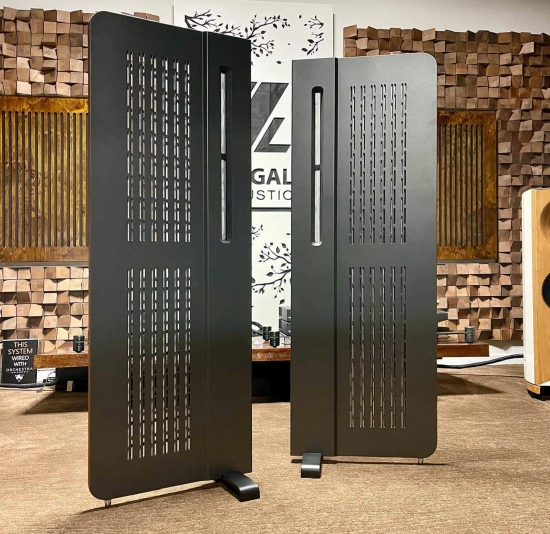
Above, I mentioned the subwoofer effect but it is important to consider this only in terms of low-bass capabilities, not literally. Unlike a sub, the DP 140 Mk2’s lowest bass is inherently time-aligned and fully in phase with the rest of the frequency spectrum. What we get is true and proper bass extension, not sloping down quickly below 50Hz, but full-strength output to well below 40Hz. This is not just my estimation, though, I confirmed it with measurements.
Sometimes, room dimensions match more or less ideally with a desirable audio system setup. But in reality, most rooms are far from perfect. Trust me, I say this, having fallen victim to this more than I wish to remember. Room issues are tough to cure effectively. Typically, a concrete-floored room in the Netherlands will have resonances that create a hump in the bass when dynamic speakers are placed close to walls. A side effect is that the user may have become used to this and may even have come to consider it natural.
As it follows, I often find that people equate a voluptuous bass with deep bass. But this is not the same at all! Truly deep bass goes low without making a fuss, much like with a neutral pair of headphones, you hear the full-range but without the boominess or room-mode-induced humps that are so familiar from typical dynamic loudspeaker setups.
If you’d replace the dynamic speakers in the aforementioned typical room scenario with magnetostatic dipoles, the user may feel the sound to be lean and conclude the bass does not go low. Meanwhile, the bass may well go lower than it did with the dynamic speakers but relayed much more cleanly, with the room mode influences much reduced.
Next: Listening Continued and Conclusion
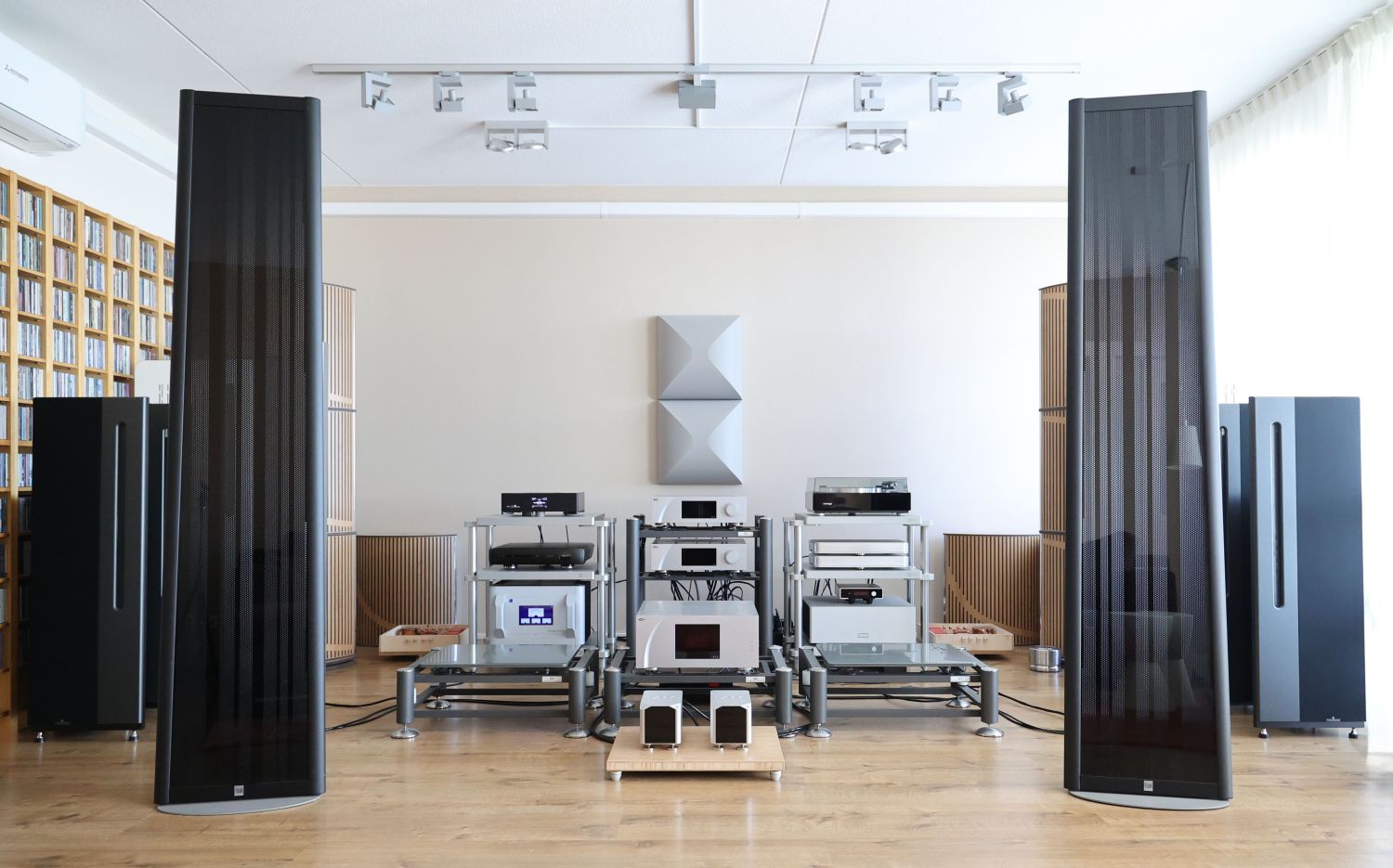
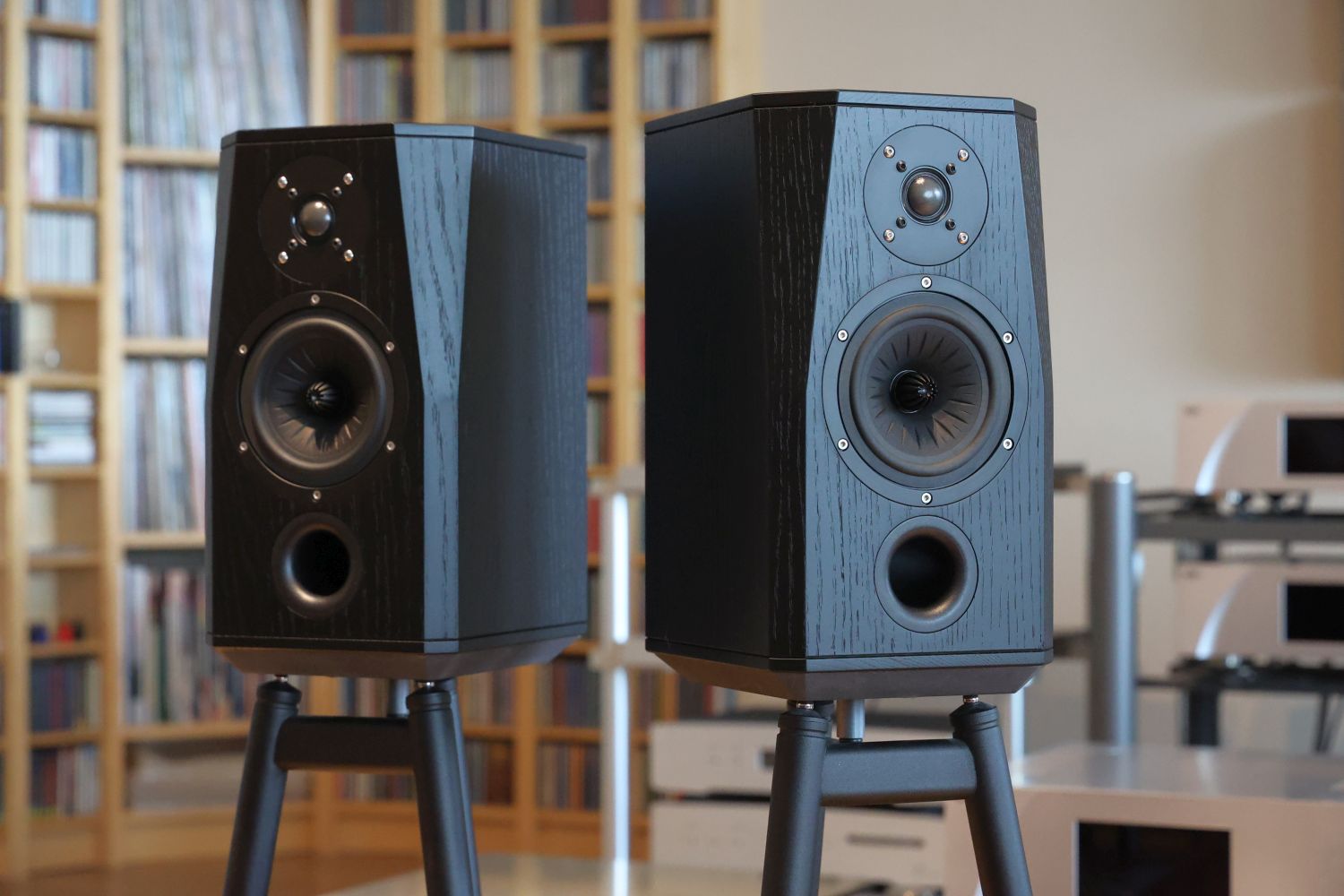
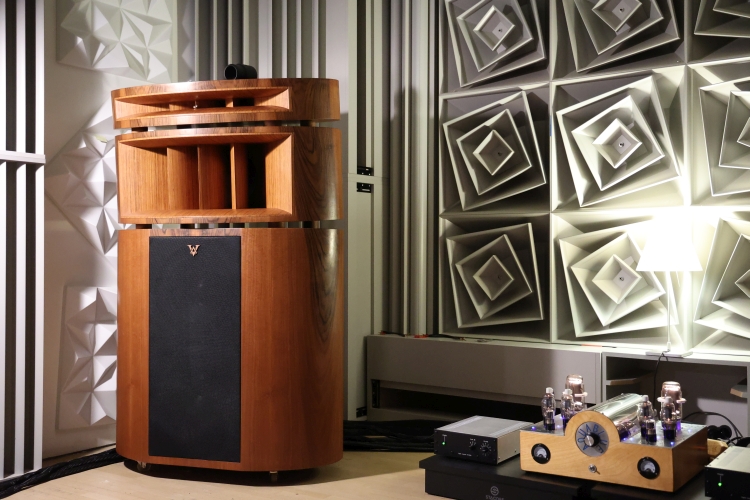
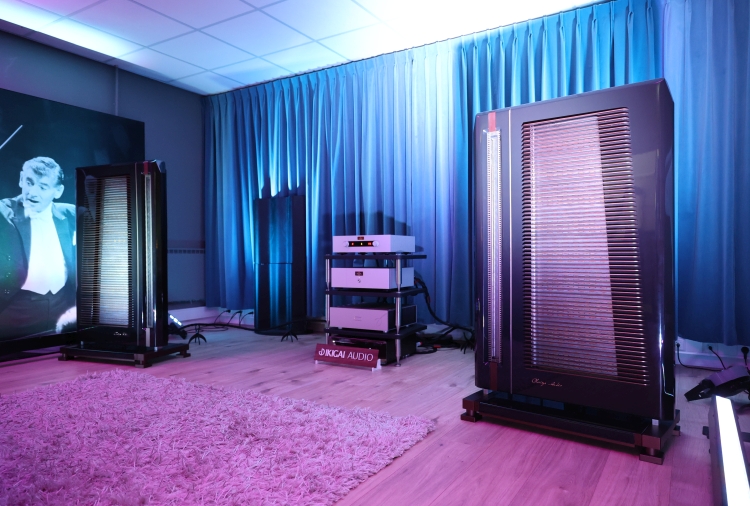
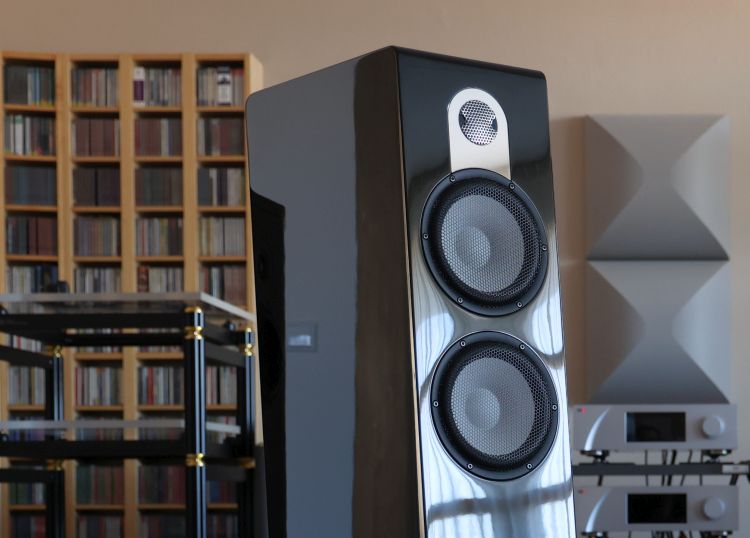
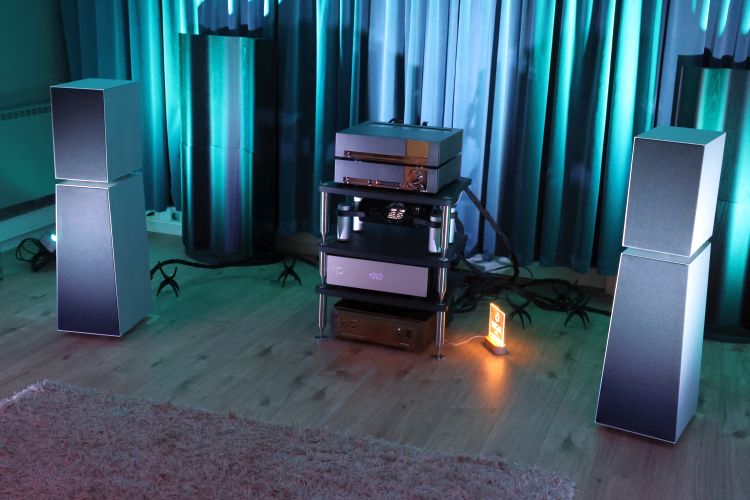
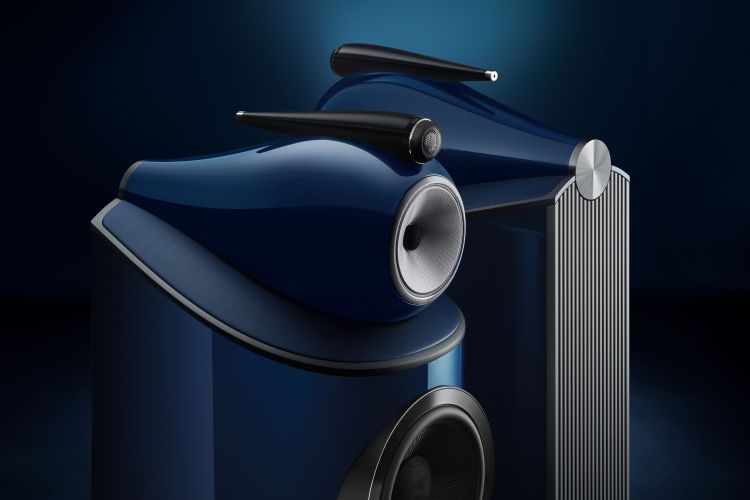
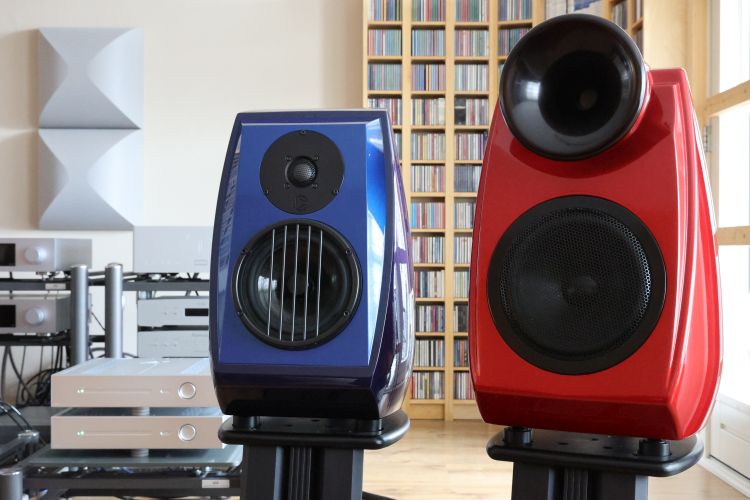
“… the bass is perfectly timed with the reat of the frequency spectrum.”
“reat” –> “rest”
Thank you very much for letting me know. The typo has been corrected.